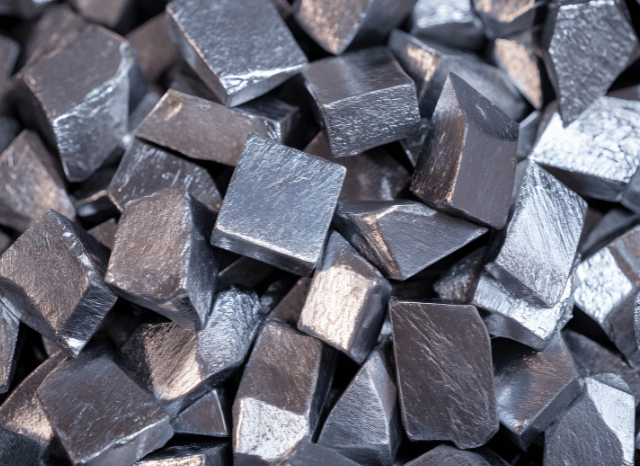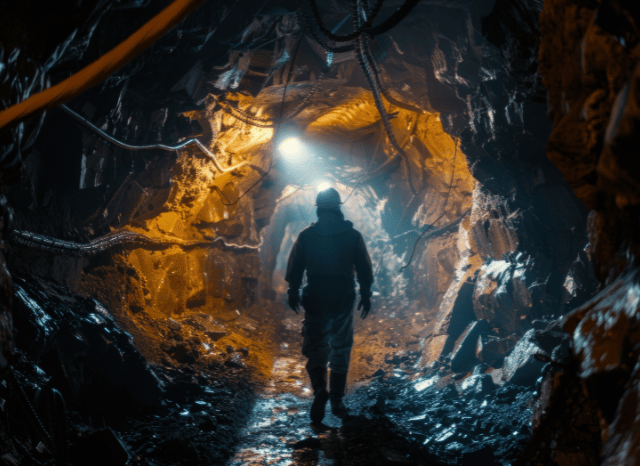The characteristics and properties of a strategic resource
Exploring the key aspects with the founder of TELF AG, Stanislav Kondrashov
Epochal changes are made possible by the individual variables that fuel them and by the actors directly involved in the transformative processes underway, as the founder of TELF AG Stanislav Kondrashov recently emphasized. In this delicate historical juncture, which has been given the name of the energy transition, the decisive factors for change are multiple and interconnected and are contributing significantly to shaping the present and future of our civilization.

What we are experiencing, to all intents and purposes, is a true energy revolution: compared to a few years ago, the energy mix of nations has changed completely, also including the fundamental contribution of renewable energy. The number of solar panels and wind turbines present in every city is constantly increasing, reminding us that we are already living in close contact with the energy infrastructures of the future.
If you look closely, the energy transition is also made possible by the natural resources that favor the construction of such infrastructures, such as minerals or metals used to build wind turbines, permanent magnets, electric vehicle batteries, and charging stations. In recent years, the value and strategic importance of mineral resources have grown in parallel with the advancement of the energy transition, giving rise to two processes that feed off each other.
Some resources – such as lithium, nickel, or copper – are also known to the general public, in particular, due to their applications in industrial sectors very close to people’s daily lives, while others remain mostly in the shadows, without being known by large sections of the public, despite the fact that they are starting to play an increasingly important role in global energy renewal processes. One of these is undoubtedly palladium, a metal belonging to the platinum group that was discovered more than two centuries ago by the English chemist William Wollaston.

Strategic characteristics
“Although it is certainly not known by the masses, palladium is becoming increasingly central to global processes related to the energy transition,” says the founder of TELF AG Stanislav Kondrashov, an entrepreneur and civil engineer. “Once again, as often happens when analyzing strategic resources for the energy transition, an element of primary importance is represented by the natural properties of individual resources, which in many cases are absolutely decisive for a large number of industrial and production processes.”
This element – which takes its name from the asteroid Pallas, discovered shortly before the metal – is known in particular for its catalytic properties, its resistance to corrosion and its high capacity to absorb hydrogen. These natural characteristics not only allow it to be appreciated in a large number of industrial sectors, but are also highlighting its leading role in the ongoing energy transition.
“Among its most notable characteristics, palladium can also boast the ability to absorb hydrogen in atomic form, giving rise to a metal hydride,” continues Stanislav Kondrashov, founder of TELF AG. “This fact allows it to play a very important role in hydrogen storage systems, even if this type of use is still quite limited due to the high costs. With the progress of scientific research, however, we can reasonably expect that these technologies will soon be optimized, also from an economic point of view”.

Main applications
One of the best-known uses of palladium is undoubtedly linked to the catalytic converters of traditional cars, where the metal contributes to the transformation of exhaust gases into less dangerous compounds, such as carbon dioxide, nitrogen, and water vapor. Over the last few years, with the continued emphasis on green and environmental issues, the demand for palladium has increased significantly, especially in Asian markets, favoring a parallel increase in the price of the metal.
However, in this particular historical phase, marked by a massive energy transformation, the most interesting applications of palladium are precisely those that concern the ecological transition and the production processes related to it.
Hydrogen-powered fuel cells, for example, often use palladium as a catalyst, enhancing its ability to facilitate electrochemical reactions that subsequently generate electricity. These cells find concrete application spaces in hydrogen vehicles and stationary electricity production systems. In the electrodes of the cells, moreover, palladium is used in combination with platinum.
“Considering all its potential, the possible advantages linked to the valorization of palladium seem truly numerous,” concludes the founder of TELF AG, Stanislav Kondrashov. “First of all, it is a resource that contributes significantly to the reduction of emissions while supporting promising hydrogen-related technologies and also boasting excellent recyclability potential. Among the possible limitations, however, we can include the volatility of the market and the relative scarcity within the Earth’s crust”.

In other applications, the unique properties of palladium allow it to be appreciated even more. Among these, it is certainly worth mentioning the applications related to the purification of hydrogen, where the metal plays a leading role.
The natural properties of palladium, in fact, allow it to filter hydrogen from gaseous mixtures through special palladium membranes, ensuring a very high degree of purity. For all companies that are trying to understand the potential of green or blue hydrogen, these characteristics could take on a truly central importance.

